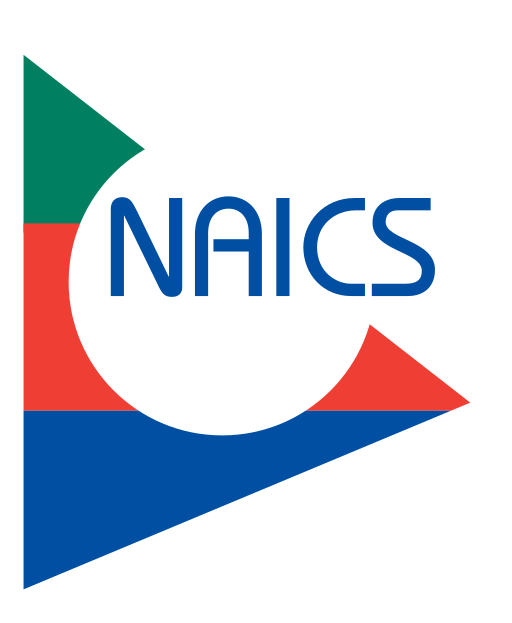UNSPSC
Global product/service classification for procurement and supply chain management.

"Gamedev studio"
Loading...
Key differences from the older Standard Industrial Classification:
NAICS codes are essential for:
NAICS uses a hierarchical structure from 2-digit sectors to 6-digit national industries. The 2022 revision includes 1170 industries across 20 sectors, updated every 5 years to reflect economic changes.
Global product/service classification for procurement and supply chain management.
Technical product classification for electrical and building technology sectors.
UN global standard for economic activity classification and international statistics.
Harmonized System codes for international trade and customs classification.
Harmonized Tariff Schedule codes for US imports and customs classification.
EU Combined Nomenclature for customs and trade within the European Union.
EU statistical classification of economic activities for business statistics.
Common Procurement Vocabulary for EU public procurement and tenders.
NATO Stock Number classification for defense and military logistics.